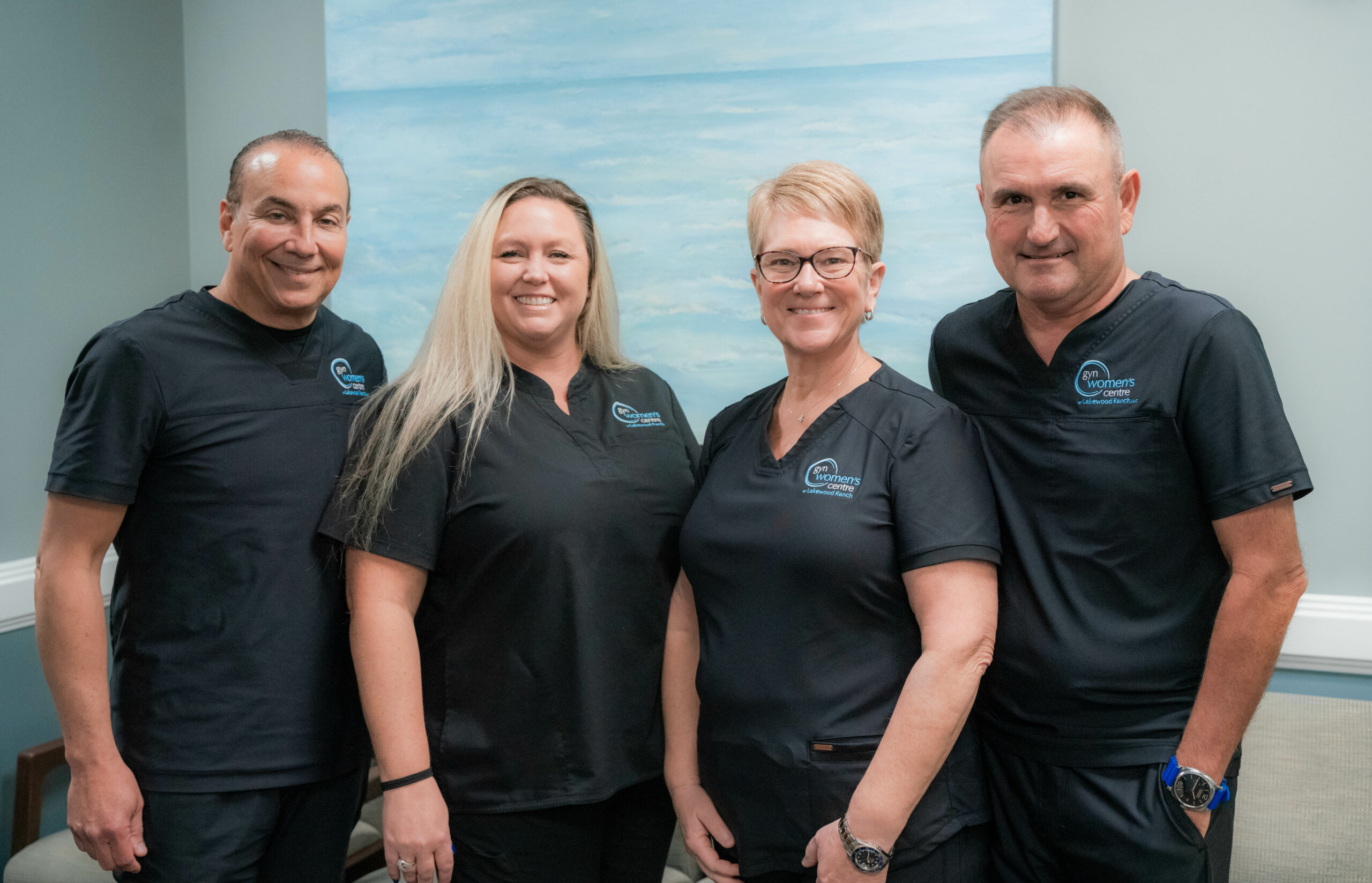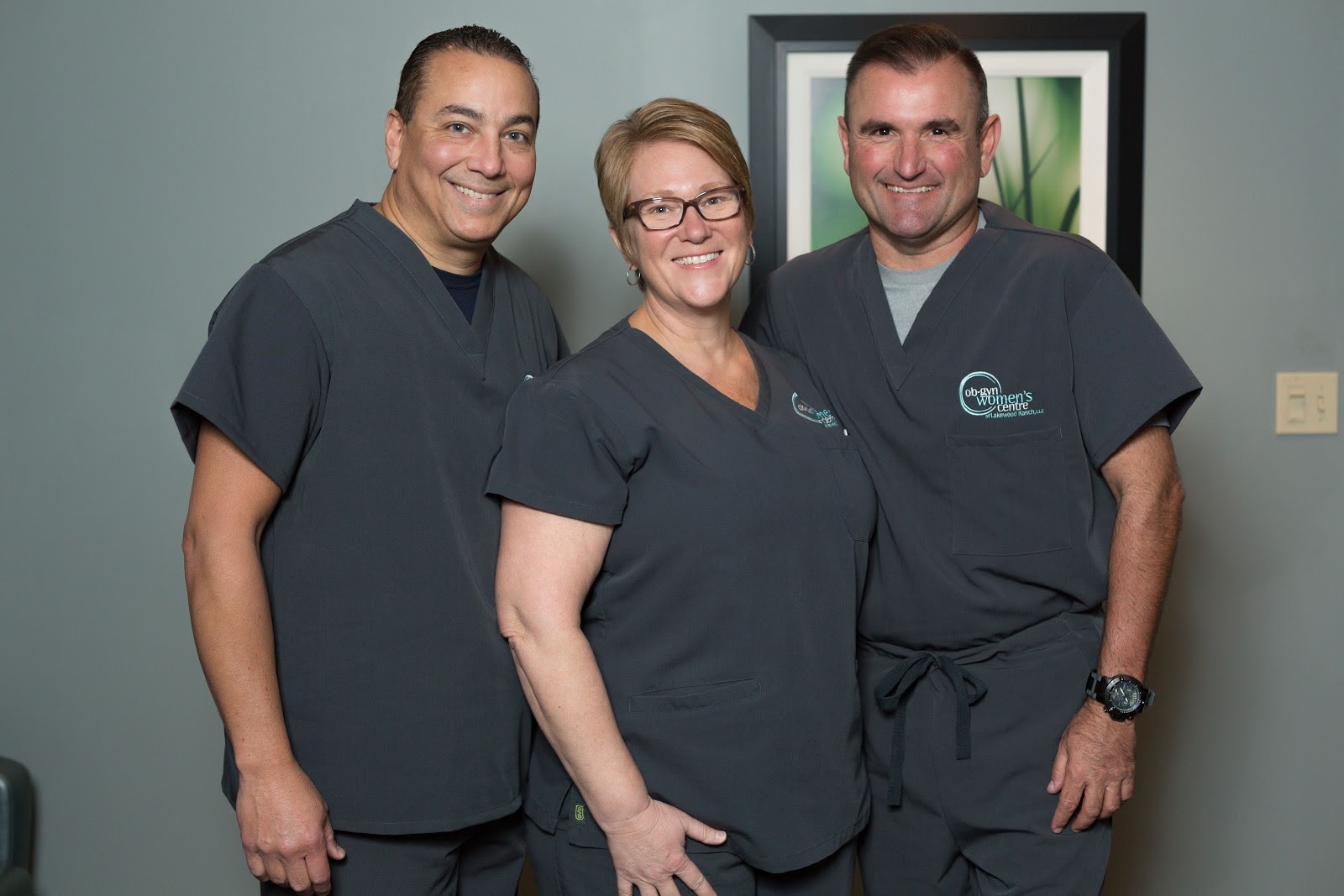March is Endometriosis awareness month. The mission is to raise awareness of endometriosis as it affects an estimated 176 million women worldwide. Endometriosis is especially common in women from the ages of 30 to 40 years of age. Oftentimes, women with endometriosis find it difficult to conceive. There are treatment options that help to manage the symptoms and improve your chances of getting pregnant.
About Endometriosis
Endometriosis, frequently referred to as just “endo,” is a common health problem in women. It gets its name from the word endometrium which is the tissue that normally lines the uterus or womb. Endo happens when tissue similar to the lining of the uterus grows outside of your uterus and on other areas in your body where it doesn’t belong.
Most often, endometriosis is found on the:
- Ovaries
- Fallopian tubes
- Tissues that hold the uterus in place
- The outer surface of the uterus
Other sites where growths can also be found in the vagina, cervix, vulva, bowel, bladder, or rectum. Generally, endometriosis does not appear in other parts of the body, such as the lungs, brain, and skin – although it can in very rare cases.
Common Symptoms
Pain is often the most common symptom. Women with endo may have many different kinds of pain. That include:
- Very painful menstrual cramps and the pain may worsen over time.
- Chronic pain in the lower back and pelvis.
- Experiencing pain during or after sex. This is sometimes referred to as a “deep” pain and it is different from the pain felt at the entrance to the vagina when penetration begins.
- Intestinal pain.
- Painful bowel movements can occur or pain when urinating during menstrual periods. In some rare cases, you may also find blood in your stool or urine.
- Bleeding or spotting can occur between menstrual periods. This can be caused by something other than endometriosis. If you experience this contact your doctor.
- Infertility, or not being able to get pregnant.
- Digestive problems can include diarrhea, constipation, bloating, or nausea, especially during menstrual periods.
Endometriosis Can Cause Pain And Other Health Issues
Endometriosis growths can swell and bleed in the same way the lining inside of your uterus does each month during your menstrual period. This can cause swelling and pain as the tissue grows and bleeds in a location where it is difficult to exit your body.
These growths may also continue to expand and cause problems, such as:
- Growths can block your fallopian tubes or grow into your ovaries. Trapped blood in the ovaries can also form cysts.
- Inflammation
- Scar tissue and adhesions can form. This form of tissue can bind your organs together causing pelvic pain and making it difficult to get pregnant.
- Problems also can occur in your intestines and bladder.
If you think you are experiencing symptoms, contact your doctor. Your doctor will discuss your symptoms and prescribe or perform one or more of the following to find out if you have endometriosis:
- Pelvic exam. During the exam, your doctor will feel for large cysts or scars behind your uterus. Smaller areas of endometriosis are more difficult to detect.
- Imaging test. An ultrasound may help to detect ovarian cysts from endometriosis. During this exam either a transducer is used to scan your abdomen or a transvaginal ultrasound is done. These ultrasound tests use sound waves to take pictures of your reproductive organs. MRIs are another common imaging test that can help to detect signs of endometriosis.
- Medicine. If your physician does not find signs of an ovarian cyst during an ultrasound, he or she may prescribe a hormonal birth control that can help to minimize pelvic pain. Also, Gonadotropin-releasing hormone (GnRH) agonists can help to block the menstrual cycle and to lower the amount of estrogen your body produces. GnRH agonists also help to alleviate pelvic pain. If you find relief from the hormonal medicine – you may have endometriosis. These medicines work only as long as you take them. Once you stop taking them – your pain may return.
- Laparoscopy. Laparoscopy is a type of surgery that doctors can use to examine your pelvic region to detect endometriosis tissue. Surgery is the only way to be sure you have endometriosis. At times the doctor can diagnose endometriosis just by seeing the growths. There are circumstances where your doctor will need to collect a small sample of tissue and confirm the presence of endometriosis.
Endometriosis Treatment
There is currently no known cure for endometriosis, but treatments are available for the symptoms and other problems it may cause. Contact your doctor about which treatment options are right for you.
There are also many resources that support women with endometriosis. Some women find it beneficial to join support groups to find better ways to alleviate symptoms or to discuss other related issues that they may experience.




